

With autumn in full swing from September to October, a world-renowned festival is being held: Oktoberfest in Germany! It’s definitely the best festival in the autumn where the taste of beer is as sweet as maple. You must have proper knowledge of beer whether you’re at home or at a festival in order to fully enjoy the taste. Find out about the real worth of beer with NEXEN TIRE!
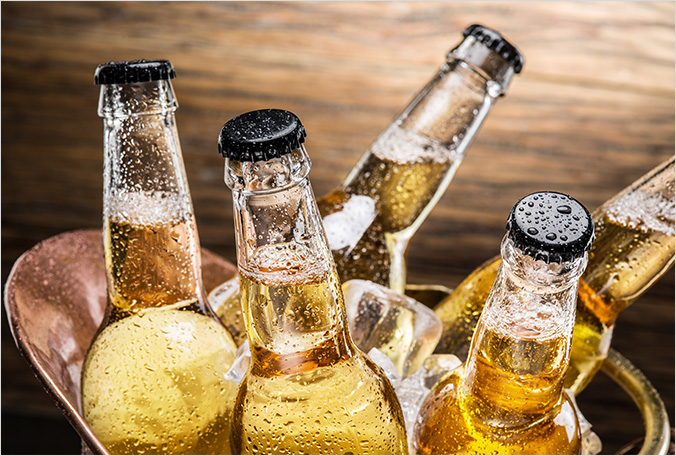
What is fresh beer? Is it something that is chilled in the refrigerator and goes down your pipes with a jolt after you take the first swig? No! You have to check the bottling date of the beer, just as you would check the expiration date. The taste may vary depending on how much time has passed since that date. In general, it’s better to drink low-alcohol beer with a high content of hops as soon as possible. If you don’t even want to bother checking this date, just check the ‘best by date’! It’s the recommended period of time when you can enjoy the best taste.
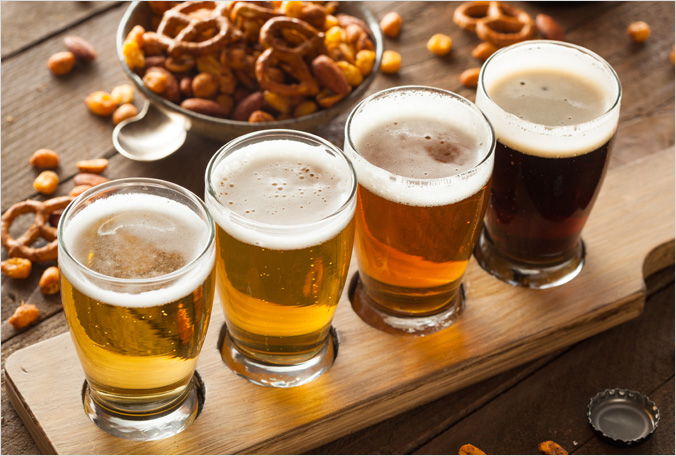
Like wines, beers also vary widely in type. It seems that the variety is increasing by the second. How can we choose the beer that is just right for our taste? We should become more sensitive and picky.
First, check the alcohol by volume (ABV), because it should suit your drinking capacity. Then, check the international bitterness unit (IBU), which generally ranges from 10 to 100, where at 10, you can barely taste the bitterness, and at 100, you can taste the extreme bitterness of life. Finally, check the standard reference method (SRM). The higher level indicates a darker color. Clear beers like Pilsner are about 2, while black beers like Stout are about 30. In general, clearer beers taste lighter, and darker beers taste stronger, so one good way to choose your beer may be by color. Some pubs display such detailed information for each menu selection, so keep this in mind.
Let’s summarize what each beer tastes like according to the name!
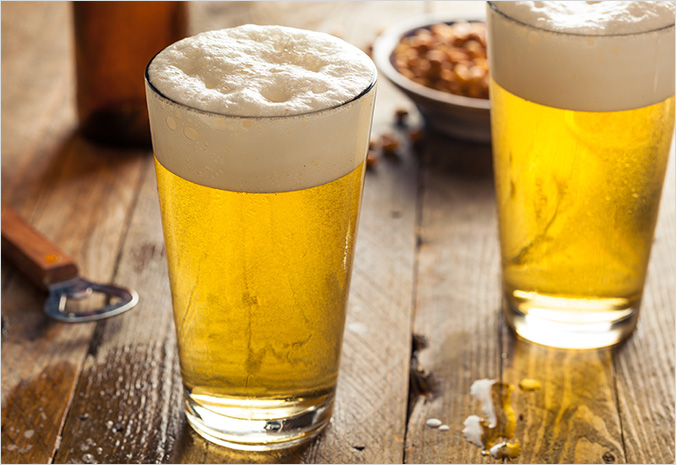
Lager is a kind of beer that has been made since the mid-19th century, using bottom fermenting yeast that sinks to the bottom of the fermentation tank. It has a few by-products and has strong and clean carbonic acid and a refreshing sensation. Pilsner, Dunkel, Schwarz, and Export are lager beers (e.g. Budweiser, Asahi, Heineken, etc.). Among them, Pilsner takes up 90% of the world’s beer production, and is characterized by its bright and clear liquid, golden color, pure-white and rich foam, high-class flavor of hops, and clean bitter taste (e.g. Stella Artois, San Miguel).
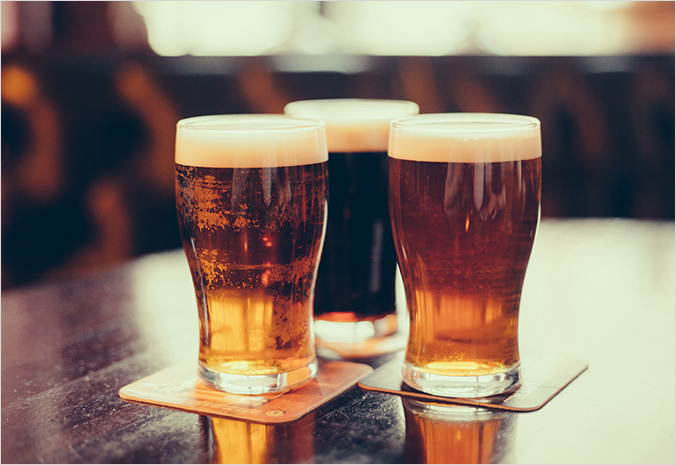
Ale has a longer tradition than lager, and it uses top fermenting yeast that floats upward in fermentation. It has a sweet aroma like fruits and flowers as well as a strong and deep taste, and it is mostly made in England, Ireland and Belgium. Ale beers include Porter, Pale Ale (bitter), Stout, Mild Ale, Brown Ale, and Weizen. Among them, Stout is what we commonly refer to as black beer, with a delicate flavor of coffee or dark chocolate as well as a thick body and silky foam (e.g. Guinness, Big Ricc). Weizen is brewed with wheat malt mixed with barley malt, and has a light flavor and acidity unique to the wheat. It has mild foam and smells slightly similar to bananas.
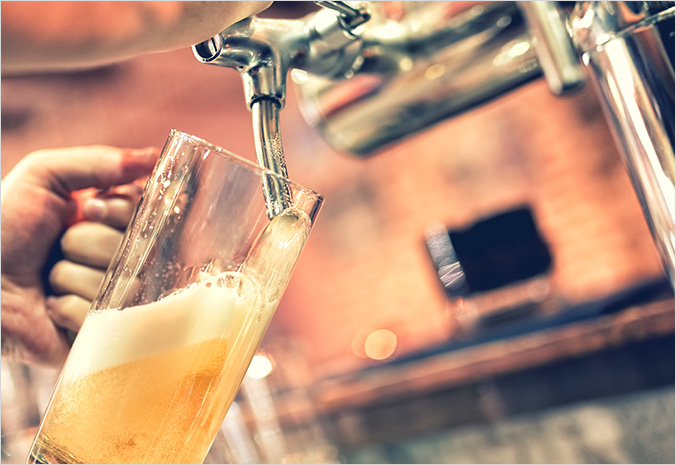
Since beers have different characteristics depending on their names, they also have different ways to enjoy them. Lager beers like Pilsner must be stored cold to maximize the refreshing sensation, while ale beers with flavor and aroma are to be chilled just enough to make them cool. Pour the beer so that it runs along the side of the glass, and create a foam layer when the glass is about 2/3 full. One thing to note is that you shouldn’t fill up the glass before it’s empty! If you add fresh beer to the remaining beer, the freshly added beer will also lose its freshness.
Like wines, beers also vary vastly in type, taste and flavor! How about going on a world tour of beers to find just the right one for your taste this autumn?


